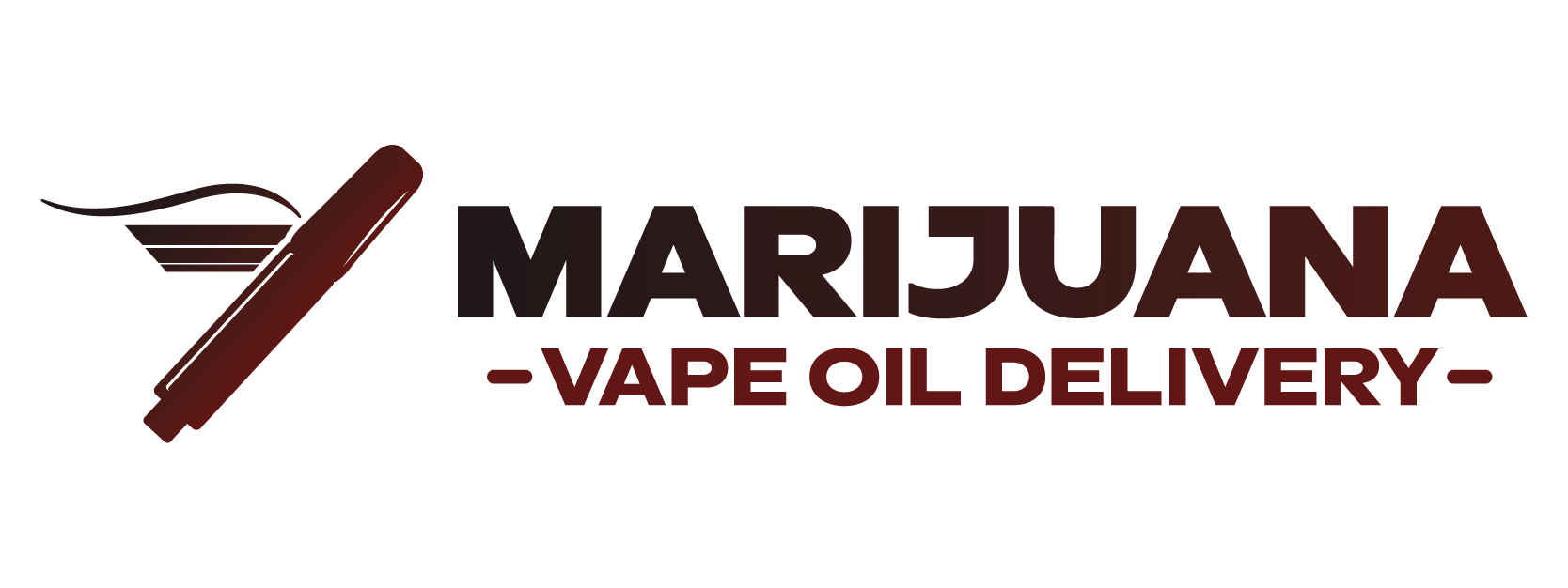The regulation of vape oil products in the United States is both robust and uneven, shaped by a patchwork of federal, state, and local policies. At the federal level, the U.S. Food and Drug Administration (FDA) regulates nicotine-based e-cigarettes and vape devices through the Family Smoking Prevention and Tobacco Control Act. Under this framework, all manufacturers must obtain pre-market authorization, submit ingredient disclosures, adhere to quality standards, and enforce age-verification protocols—ensuring buyers are at least 21. However, cannabis-derived vape oils (including CBD, delta‑8 THC, and THC concentrates) largely fall outside FDA oversight. The agency has not approved most cannabis vaping products and lacks authority to regulate their formulation or distribution federally.
Instead, the federal landscape is guided mainly by the 2018 Hemp Farm Bill, which legalizes hemp-derived products containing up to 0.3% delta‑9 THC. This legislation opened a loophole allowing products with psychoactive cannabinoids like delta‑8 THC to proliferate with minimal oversight. Federal agencies like the DEA have issued health advisories on vaping concentrates and EVALI (vape-related lung injury), but have not instituted uniform standards on vape oil purity or potency.
As a result, state governments have taken the lead, often resulting in a fragmented regulatory landscape. Some states, like California, Virginia, and Arkansas, have implemented outright bans or stringent restrictions on hemp-derived intoxicants including vape oils. Others allow them under regulated medical or adult-use programs, with particular attention to product testing, labeling, packaging, and age limits. For instance, New Jersey mandates child‑proof packaging, clear ingredient lists, universal warning symbols, testing for additives like pesticides and solvents, and limitations on terpene concentrations in vape oils.
State-by-state contaminant standards also vary. Many states require testing of cannabis concentrates (including vape oils) for solvents, pesticides, heavy metals, microbes, and residual solvents. Colorado, Washington, California, Massachusetts, and Nevada have such mandates, while others only address flower. Some states—such as Massachusetts in 2019—also imposed emergency restrictions or moratoria on vape sales following the EVALI outbreak, particularly targeting vitamin E acetate and other contaminants.
Similarly, flavor bans, taxation, public-use restrictions, and licensing requirements for vape retailers differ widely. As of early 2025, at least half of U.S. states have imposed restrictions on flavored nicotine or cannabis vape products, varying by jurisdiction.
Adding further complexity are ongoing regulatory and legal battles. For example, California has sued to enforce bans on intoxicating hemp products sold in mini‑markets, prompting federal court challenges. Texas recently debated bills that would ban or tightly regulate hemp-derived vape products; while earlier measures aimed for a full ban, recent legislative versions seek a regulatory model akin to alcohol and restrict distribution of vape-specific formats.
In summary:
- Federal regulation applies only to nicotine-based vape products, not cannabis-derived oils.
- Cannabis vape oils are governed under hemp law but lack comprehensive federal safety standards.
- States fill the void through a diverse mix of prohibitions, testing mandates, packaging, labeling rules, licensing regimes, and flavor or intensity limits.
- This has produced a patchwork of regulations—some states are highly permissive, others highly restrictive.
For cannabis compliance managers and regulators, this means vigilance is essential. Businesses must navigate a shifting mosaic of state-specific rules and local bans, ensure rigorous product testing, monitor evolving state legislation and litigation, and be prepared to pivot quickly when regulatory landscapes shift.
